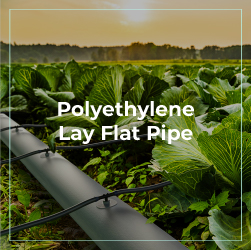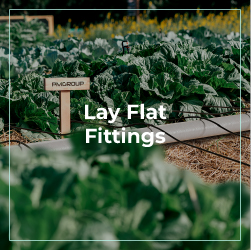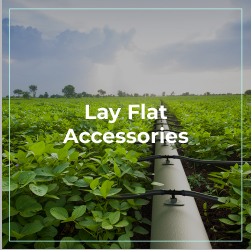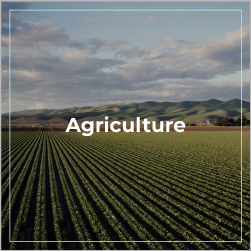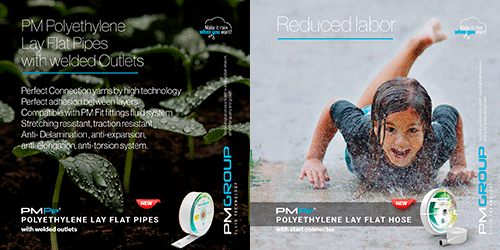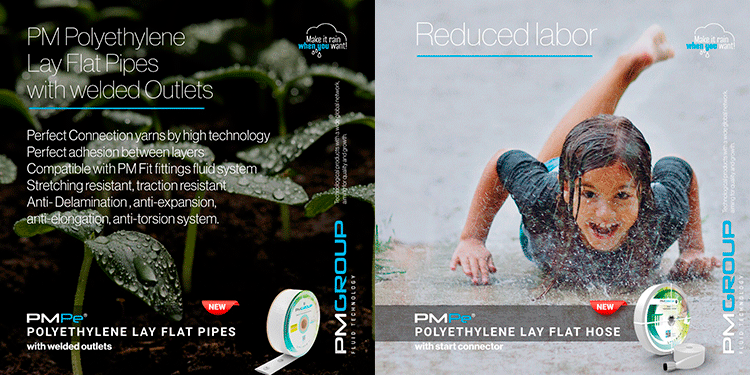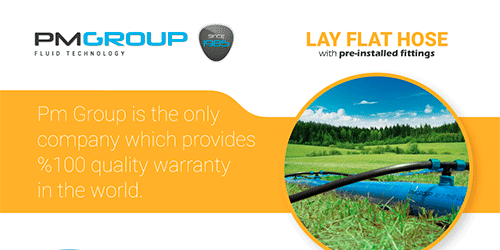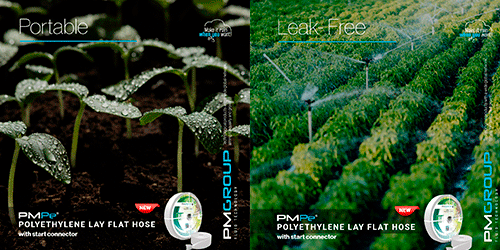Drip irrigation systems have become a popular choice for farmers and gardeners seeking efficient water use and improved crop yields. However, understanding the cost associated with these systems is crucial for making an informed investment. This article will explore the key factors that influence the cost of drip irrigation systems, helping you budget effectively.
1. Initial Setup Costs
Different types of drip irrigation systems come with distinct price tags. Surface drip systems tend to be less expensive and simpler to install, making them suitable for small-scale operations. In contrast, subsurface systems, while initially more costly due to their complexity, offer long-term benefits such as reduced evaporation and increased water efficiency, potentially leading to savings over time.
The initial investment in a drip irrigation system can vary widely based on several factors:
- System Size: The size of the area you intend to irrigate significantly impacts cost. Larger areas require more materials and labor.
- Components: A basic drip system includes tubing, emitters, filters, and pressure regulators. The quality and type of these components will affect the overall price.
- Labor Costs: Installation may require professional help, particularly for larger systems. Labor costs can vary depending on your location and the complexity of the installation.
2. Type of Drip Irrigation System
Maintenance is another crucial aspect to consider after installation. Regular checks for clogs, replacing worn-out components, and monitoring water pressure are essential to ensure optimal performance. Additionally, while drip systems are designed for water efficiency, local water rates can significantly affect overall operating costs, making it essential to factor this into your budget.
Different types of drip irrigation systems come with varying costs:
- Surface Drip Systems: These are generally less expensive and easier to install, making them a popular choice for small-scale operations.
- Subsurface Drip Systems: While more costly due to installation complexity, these systems offer benefits like reduced evaporation and improved water efficiency, which can save money in the long run.
3. Maintenance and Operating Costs
Despite the initial costs, investing in a drip irrigation system can lead to considerable long-term savings. These systems deliver water directly to plant roots, minimizing waste and lowering water bills. Moreover, maintaining consistent moisture levels can enhance crop yields and improve the quality of produce, making this investment beneficial for both commercial and home gardening.
After the initial investment, consider ongoing costs:
- Maintenance: Regular maintenance is necessary to keep the system functioning effectively. This includes checking for clogs, replacing worn-out parts, and ensuring proper water pressure.
- Water Costs: Although drip irrigation systems are designed to minimize water use, it’s essential to account for local water prices, as this can impact your overall operating expenses.
4. Potential Savings and Benefits
Exploring government incentives and grants can also alleviate some financial burdens. Many regions offer support for implementing water-efficient irrigation systems. Researching local agricultural programs can help identify opportunities to offset installation costs, making drip irrigation more accessible.
Investing in a drip irrigation system can lead to significant long-term savings:
- Water Efficiency: Drip systems deliver water directly to the plant roots, minimizing waste and reducing water bills.
- Improved Yields: By ensuring plants receive consistent moisture, you may experience increased crop yields and better quality produce.
5. Government Incentives and Grants
Many regions offer financial incentives for implementing water-efficient irrigation systems. Research local agricultural programs or government grants that can help offset the costs of installing a drip irrigation system.Ultimately, understanding the cost factors associated with irrigation systems is essential for any grower. By carefully considering the initial setup, ongoing maintenance, and potential savings, you can make a well-informed decision that aligns with your agricultural goals while promoting sustainable water use.
Understanding the costs associated with drip irrigation systems is vital for any grower looking to enhance efficiency and sustainability. By considering the initial setup, ongoing maintenance, and potential savings, you can make an informed decision that fits your budget and agricultural goals. Investing in a irrigation system not only conserves water but also improves crop production, making it a worthwhile consideration for both commercial and home gardeners.

